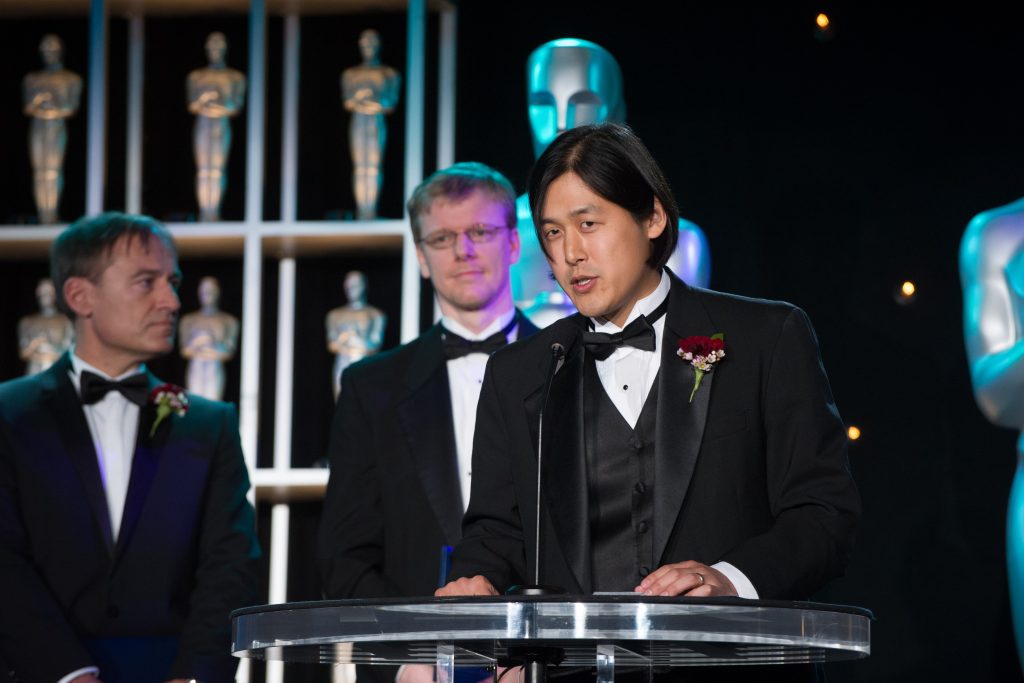
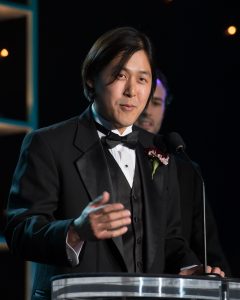
Click on links at the bottom of this story for more articles on computer science.
Turns out the road to Hollywood runs through Chapel Hill.
Or at least it did for computer science alumni who have used their programming chops to develop special effects software you’ve probably seen on screen.
Theodore Kim (Ph.D. ’06) and Lawrence Kesteloot (M.S. ’95) won separate Academy Awards in 2012 for their work on software that’s widely used in making movies.
Kim won for a software algorithm called Wavelet Turbulence, which he started working on in 2007 during his postdoctoral studies. The algorithm, and the software that uses it, helps special effects wizards create more realistic fire and smoke on screen.
Kesteloot and his colleagues received a Technical Achievement Award from the Academy of Motion Picture Arts and Sciences. They helped develop software at a special effects company, Pacific Data Images (now part of DreamWorks Animation), which is used to render animated images. It’s been featured in more than 30 movies, including the 2010 hit How to Train Your Dragon.

“It was designed from the beginning to be interactive, so you could tweak things in the interface and see things very quickly,” Kesteloot said. Before the new technology, it could take 30 minutes to an hour for animators to view a change they’d made. The lag made them less inclined to keep refining their work to make it better.
In Kim’s case, too, the technical advance was as much about speed as anything else. Filmmakers since the 1990s have used computer animation tools to create realistic fire and smoke.
Those tools were fine for small images — say a cigarette or a campfire — but larger images (imagine a volcano), took much longer to render, sometimes days.
The Wavelet Turbulence algorithm allows faster rendering of on-screen explosions, smoke and fire. It has been used in movies such as Avatar and Transformers: Revenge of the Fallen.
Kesteloot and Kim both say UNC’s longstanding reputation as a powerhouse in graphics and visualization was a big factor in why they chose Carolina for graduate school.
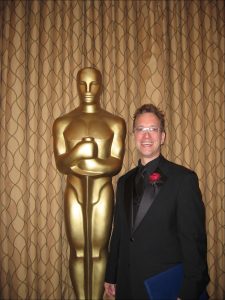
They aren’t the first Carolina grads to find that a computer science degree could take them to Tinseltown.
- Pete Litwinowicz (M.S. ’87), along with the other founder at the software firm RE:Vision Effects, were honored with a Technical Achievement Award from the Academy in 2007 for the firm’s image manipulation software, which is widely used in the industry, including in movies such as Pirates of the Caribbean: Dead Man’s Chest and Harry Potter and the Sorcerer’s Stone.
- Kelly Ward (M.S. ’02, Ph.D. ’05) did the computer modeling for Rapunzel’s 70-foot-long hair in Disney’s 2010 animated hit Tangled and also worked on the 2008 movie Bolt.
- Susan Fisher Fong (M.S. ’01) was working on her doctoral degree at UNC in 2002 when she got a job offer she couldn’t refuse: working for Pixar Animation Studios, where she contributed to films such as Monsters, Inc. and WALL-E.
- Cindy Hong (B.S. ’96) got a master’s in visualization at Texas A&M University and worked at DreamWorks on Kung Fu Panda, Over the Hedge, Madagascar and other computer animation films.
[ By Mark Tosczak ]
More stories about computer science:
Comp-Sci Turns 50: Breaking barriers from graphics to robotics
Brooks’ influence spans IBM mainframes to next-gen virtual reality
Medical imaging extends frontiers, aids diagnosis and treatment
Published in the Fall 2014 issue | Features
Read More

Unearthing history, here and abroad
Archaeological excavations led by UNC faculty in Israel, Greece and…
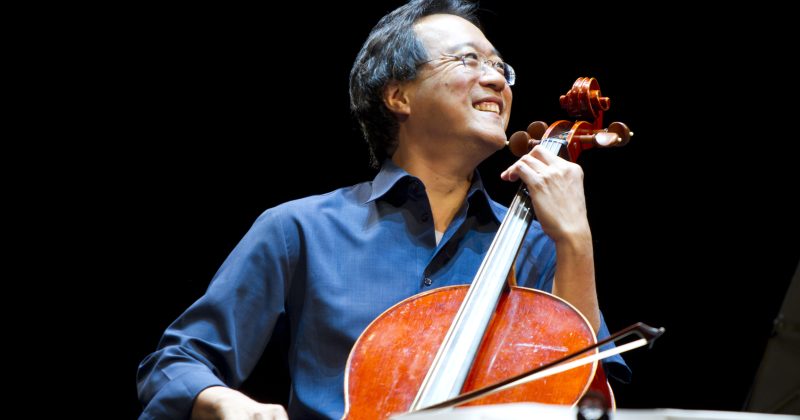
Save the Date: A conversation with Yo-Yo Ma and the Silk Road Ensemble
Yo-Yo Ma, one of the world’s most celebrated musicians, and…
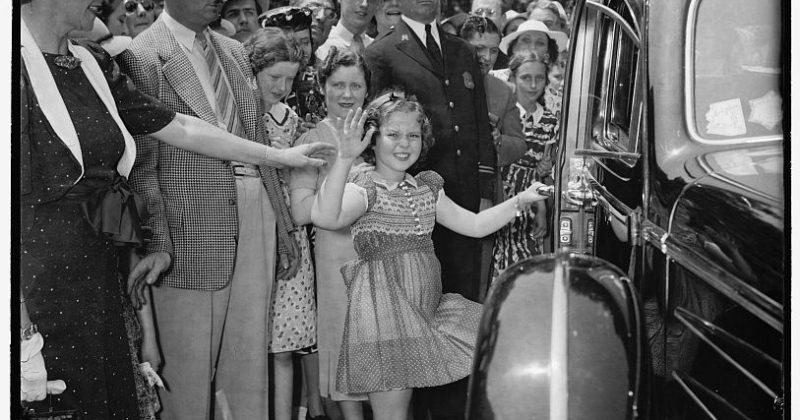
Shirley Temple Up Close: Q&A with John F. Kasson
John F. Kasson outlines the connections between Shirley Temple, FDR…

